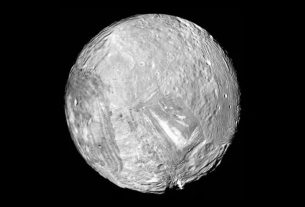Mars has often been described as Earth’s closest companion in the solar system, having a similar size, inclination, and structural composition. Mars is even believed to have had water on its surface, giving rise to the belief that one day the Red Planet could support life. Colonising Mars is fast becoming a preoccupation among many humans but it still is a significant challenge. More missions are being planned and sent to Mars to get as much information as possible. In that effort, a group of Indian scientists has found thousands of tracks on the Martian surface that were created by tumbling boulders.
Scientists at the Physical Research Laboratory think these tracks can help them understand recent seismic activity on the planet. Led by S Vijayan, assistant professor at the Ahmedabad-based laboratory, the researchers studied high-resolution images of Mars from 2006 to 2020 to find recent boulder falls that have ejecta.
“We searched all the images and found BFE (boulder fall ejecta) present in large numbers suggesting recent falls are common and widespread,” they said in a paper published recently in the peer-reviewed journal Geophysical Research Letters.
The scientists found that the boulder tracks take about 2-4 Mars years (4-8 Earth years) to disappear. In contrast, these tracks are rarely preserved on Earth.
They said they found that the Cerberus Fossae region on Mars, close to where NASA’s InSight mission landed in November 2018, hosts nearly 30 percent of these tracks, “suggesting it is a currently active region on Mars”. InSight is the first mission to explore Mars’ deep interior and composition to uncover how a rocky body forms and evolves to become a planet.
When a boulder falls, they bounce off the surface. This process throws out surface material. The scientists found that the ejecta spread was greater during the initial bounces and decreased along the downward slope direction on Mars. They hope their research will lead to a better understanding of the seismic activity on Mars before humans land on it.
